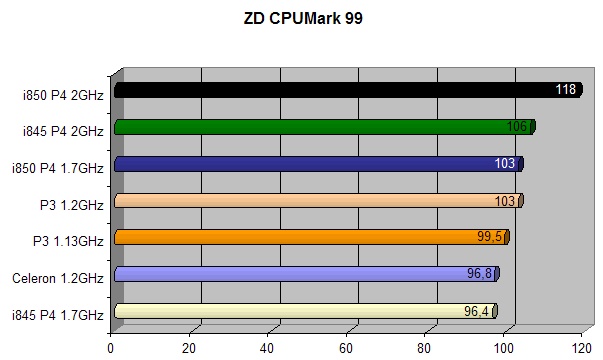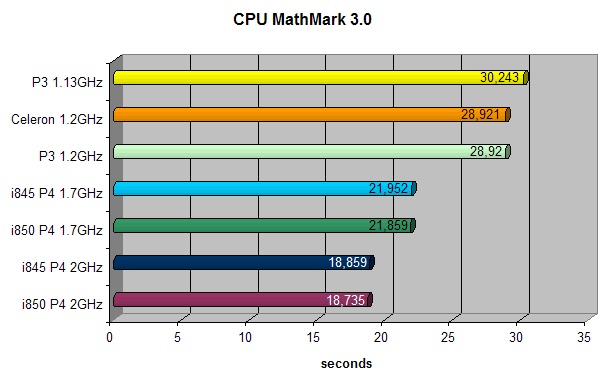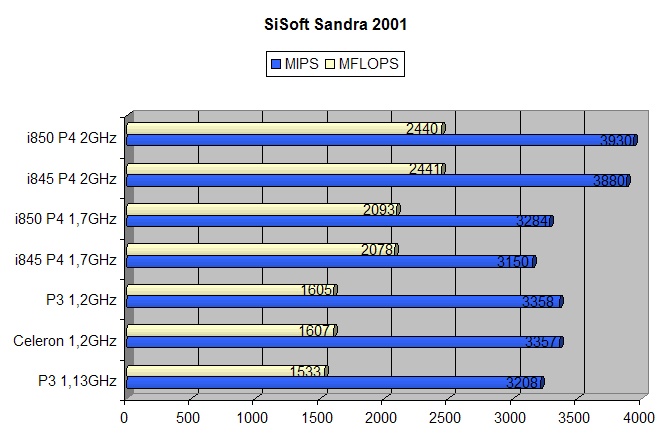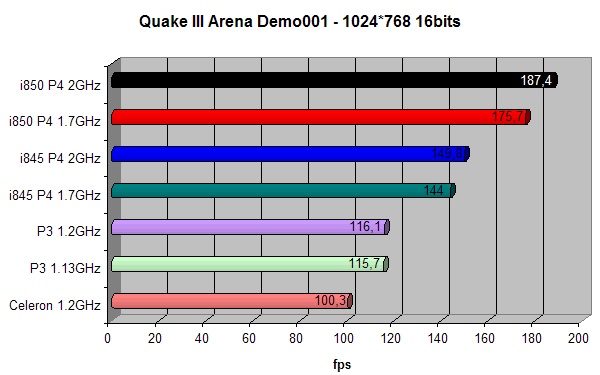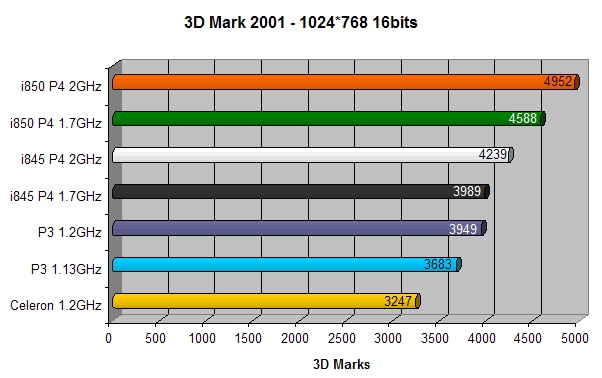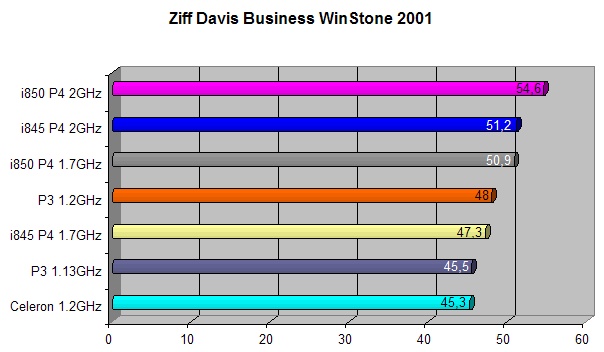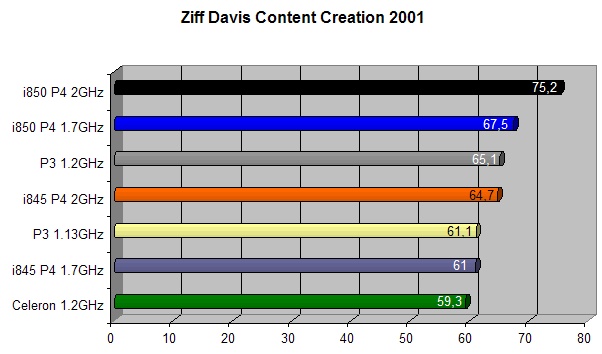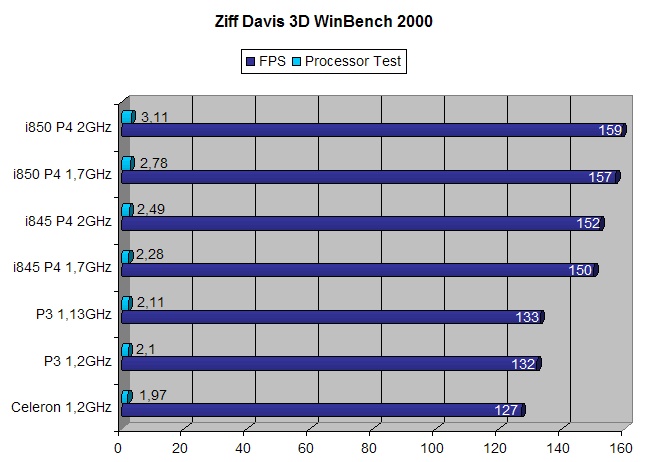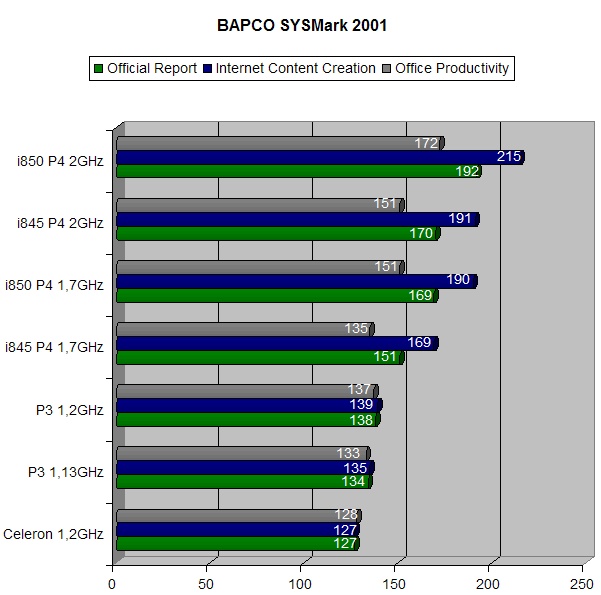
 |

|
| ActiveWin: Reviews | Active Network | New Reviews | Old Reviews | Interviews |Mailing List | Forums |
|
|
|
|
|
DirectX |
|
ActiveMac |
|
Downloads |
|
Forums |
|
Interviews |
|
News |
|
MS Games & Hardware |
|
Reviews |
|
Support Center |
|
Windows 2000 |
|
Windows Me |
|
Windows Server 2003 |
|
Windows Vista |
|
Windows XP |
|
|
|
|
|
|
|
News Centers |
|
Windows/Microsoft |
|
DVD |
|
Apple/Mac |
|
Xbox |
|
News Search |
|
|
|
|
|
|
|
ActiveXBox |
|
Xbox News |
|
Box Shots |
|
Inside The Xbox |
|
Released Titles |
|
Announced Titles |
|
Screenshots/Videos |
|
History Of The Xbox |
|
Links |
|
Forum |
|
FAQ |
|
|
|
|
|
|
|
Windows XP |
|
Introduction |
|
System Requirements |
|
Home Features |
|
Pro Features |
|
Upgrade Checklists |
|
History |
|
FAQ |
|
Links |
|
TopTechTips |
|
|
|
|
|
|
|
FAQ's |
|
Windows Vista |
|
Windows 98/98 SE |
|
Windows 2000 |
|
Windows Me |
|
Windows Server 2002 |
|
Windows "Whistler" XP |
|
Windows CE |
|
Internet Explorer 6 |
|
Internet Explorer 5 |
|
Xbox |
|
Xbox 360 |
|
DirectX |
|
DVD's |
|
|
|
|
|
|
|
TopTechTips |
|
Registry Tips |
|
Windows 95/98 |
|
Windows 2000 |
|
Internet Explorer 5 |
|
Program Tips |
|
Easter Eggs |
|
Hardware |
|
DVD |
|
|
|
|
|
|
|
ActiveDVD |
|
DVD News |
|
DVD Forum |
|
Glossary |
|
Tips |
|
Articles |
|
Reviews |
|
News Archive |
|
Links |
|
Drivers |
|
|
|
|
|
|
|
Latest Reviews |
|
Xbox/Games |
|
Fallout 3 |
|
|
|
Applications |
|
Windows Server 2008 R2 |
|
Windows 7 |
|
|
|
Hardware |
|
iPod Touch 32GB |
|
|
|
|
|
|
|
Latest Interviews |
|
Steve Ballmer |
|
Jim Allchin |
|
|
|
|
|
|
|
Site News/Info |
|
About This Site |
|
Affiliates |
|
Contact Us |
|
Default Home Page |
|
Link To Us |
|
Links |
|
News Archive |
|
Site Search |
|
Awards |
|
|
|
|
|
|
|
Credits |

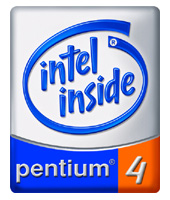
|
Product: Pentium 4 2GHz - Intel D850MD & D845HV
Motherboards Company: Intel Website: http://www.intel.com Estimated Street Price: $389.00 (for the CPU) Review By: Julien Jay |
Benchmarks
|
Table Of Contents |
We have ran an incredible number of benchmarks on various platforms to compare the power of the Pentium 4 2GHz over other processors including Celeron 1,2GHz, Tualatin 1,13GHz, Tualatin 1,2GHz, Pentium 4 1,7GHz. Plus we tested two different Pentium 4 dedicated motherboard exploiting the two official Pentium 4 chipsets: the Intel D850MD & D845HV motherboards we’ve reviewed above. To run our various tests we used the latest bios available from Intel running with 256 MB of 800 MHz ECC Rambus or PC133 SDRAM memory and with a Hercules 3D Prophet II Ultra (based on the GeForce 2 Ultra GPU) graphic board. The hard disk used was a Maxtor UDMA 100 – 7200 RPM 30GB. You can read the complete PC Setup below.
-
Complete PC setup for Celeron 1.2 & Tualatin 1.2GHz tests
Motherboard: Intel D815EEA2 with latest P15 bios
CPU: Pentium III Tualatin 1.2GHz & Celeron 1.2GHz
Memory: 256Mb of PC133 SDRam
Hard Disks: Maxtor 30GB UDMA 100 7200rpm
DVD: GoldStar
Display adapter: Hercules 3D Prophet II Ultra 64 MB with latest WHQL 21.83 drivers
Peripherals: Yamaha CRW2100E CD Burner (16x/10x/40x), Microsoft TrackBall Optical, Microsoft Office Keyboard.
Everything was running under Microsoft Windows 2000 Professional SP2 with DirectX 8.1 installed and the Intel Chipset & Intel Application Accelerator Drivers.
-
Complete PC setup for Tualatin 1.13GHz tests
Motherboard: Asus TUSL2C
CPU: Pentium III Tualatin 1.13
Memory: 256Mb of PC133 SDRam
Hard Disks: Maxtor 30GB UDMA 100 7200rpm
DVD: GoldStar
Display adapter: Hercules 3D Prophet II Ultra 64 MB with latest WHQL 21.83 drivers
Peripherals: Yamaha CRW2100E CD Burner (16x/10x/40x), Microsoft TrackBall Optical, Microsoft Office Keyboard.
Everything was running under Microsoft Windows 2000 Professional SP2 with DirectX 8.1 installed and the Intel Chipset & Intel Application Accelerator Drivers.
-
Complete PC setup for Pentium 4 1.7/2.0 GHz
Motherboards: Intel D850MD with latest P03 bios and i850 chipset - Intel D845HV with latest P06 bios and i845 chipset
CPU: Pentium 4 1.7 GHz/2.0GHz
Memory: 256Mb of RDRAM (Rambus) running at 800MHz with ECC correction
Hard Disks: Maxtor 30GB UDMA 100 7200rpm
DVD: Goldstart
Display adapter: Hercules 3D Prophet II Ultra 64MB with latest WHQL 21.83 drivers
Peripherals: Yamaha CRW2100E CD Burner (16x/10x/40x), Microsoft TrackBall Optical, Microsoft Office Keyboard.
Everything was running under Microsoft Windows 2000 Professional SP2 with DirectX 8.1 installed and the Intel Chipset & Intel Application Accelerator Drivers.
|
|
|
Though the Ziff Davis CPU Mark 99 utility isn’t designed and optimized
for the Pentium 4,
we tested
Intel
CPUs
with it.
Compared
to the Pentium III
1.2GHz
the Pentium 4
2.0GHz
clearly shows some improvements.
The Pentium 4 2GHz is 15% faster than a Pentium III 1.2GHz. However it's
quite normal, considering the Pentium 4 2GHz has a 800MHz frequency
advantage. Notice that the Pentium 4 1.7GHz used with an i845
Motherboard is weaker than a Celeron or Pentium III 1.2GHz.
|
|
|
|
MathMark
3.0 trains the processor to perform some basic and complex mathematic
operations (like 9^1500, calculating iterations of Pi, etc.) Once those
tests are completed, it reports the time it takes for the CPU to achieve
such operations in seconds. It's no surprise to see that the Pentium 4
2GHz is the fastest processor. A Pentium 4 2GHz is 35% faster than a
Pentium 3 1,13GHz to achieve arithmetic operations. |
|
|
| SiSoft Sandra 2001 performs real basic test measuring Whetstone & Dhrystone values of a CPU. This benchmark program doesn't really reflect the potential of a Pentium 4, but since it's a widely used performance measuring utility I can't skip it. As you can see the Pentium 4 2GHz is far ahead, which is normal. Interesting enough is the fact a Pentium 4 used with a i850 or i845 chipset gives almost the same result under SiSoft Sandra 2001 proving that kind of tests isn't well adapted to modern processors. You'll also notice that the Celeron 1.2GHz outperforms the Pentium 3 1.13GHz by 5% and is hard on the Pentium 3 1.2GHz's heels. |
|
MIPS: The Dhrystone benchmark is widely used in the computer industry as a measure of performance. Dhrystone is a synthetic benchmark, designed to contain a representative sample of operations normally performed by applications. They don't calculate a result of any kind, but they do perform the sort of complicated sequences of instructions that real applications use. The Dhrystone result is determined by measuring the time it takes to perform these sequences of instructions. Simple integer arithmetic, logic decisions, and memory accesses are the dominant CPU activities in most Windows programs. The Dhrystone benchmark makes intensive use of these areas.
|
|
|
|
How can we
do a benchmark without Quake III Arena, the ultimate gamers' reference?
This test demonstrates how powerful a Pentium 4 processor is, over
Pentium III or Celeron. The various systems tested were all using an
Hercules 3D Prophet II Ultra 64MB graphics card. In this test, the
Pentium 3 1.13/1.2GHz features a pride' surge since for the first time
in this page the Celeron 1.2GHz gives the poorest results. Indeed Quake
III Arena run on a Pentium III 1.13GHz shows a performance increase of
15% over the Celeron 1.2GHz. The Pentium 4 2GHz is ahead of the race:
it's 85% faster than a Celeron 1.2GHz, 7% faster than a Pentium 4
1.7GHz. As you have already noticed the results under Quake III Arena by
the i845 platforms don't really shine. A Pentium 4 2GHz used on a i845
motherboard scores 30% better than a Pentium III 1.2GHz, however it
remains 25% slower than the same Pentium 4 2GHz used on a i850
motherboard. |
|
|
|
MadOnion's 3D Mark 2001
has become an other reference when benchmarking PCs. We used it with a
Hercules 3D Prophet II Ultra 64MB. Just like with Quake III Arena the
Celeron 1.2GHz gives the poorest results, proving a 133MHz really helps
(in comparison to Pentium III 1.13/1.2GHz). The Pentium 4 2GHz is 8%
faster than a Pentium 4 1.7GHz under this test. Once again the i845
architecture shows its limits since the Pentium 4 2GHz used on a i850
motherboard gives a result 17% better than the same CPU used on a i845
motherboard. However the i845 & P4 1.7/2GHz platform manages to have a
comfortable advance over the Pentium III 1.13GHz. But it's not the case
anymore when comparing Intel Pentium 3 1.2GHz to an Intel Pentium 4
1.7GHz used with a i845 motherboard: indeed 3DMark 2001 outlines a
ridiculous 1% performance increase for the i845 platform over the
Tualatin. |
|
|
|
Business Winstone is a
system-level, application-based benchmark that measures a PC's overall
performance when running today's top-selling Windows-based 32-bit
applications on Windows 98 SE, Windows NT 4.0 (SP6 or later), Windows
2000, Windows Me, or Windows XP. Business Winstone doesn't mimic what
these packages do; it runs real applications through a series of
scripted activities and uses the time a PC takes to complete those
activities to produce its performance scores. For our
tests we used ZD Business Winstone 2001 1.02. As you can see the Pentium
3 1.2GHz gives a slightly better result than a Pentium 4 1.7GHz used
along a i845 chipset. The Pentium 4 2GHz/i850 couple is obviously on top
being 21% faster than a Celeron 1.2GHz system. We can notice that the
Celeron 1.2GHz almost equals the Pentium III 1.13GHz CPU. The Pentium
III 1.2GHz is 5% faster than the Celeron 1.2GHz. |
|
|
|
Content
Creation Winstone is a system-level, application-based benchmark that
measures a PC's overall performance when running
top, Windows-based, 32-bit, content creation applications on Windows 98,
Windows 2000, Windows Me, or Windows XP. Following the lead of real
users, Content Creation Winstone 2001 keeps
multiple applications open at once and switches among those
applications. Content Creation Winstone 2001 is a
single large test that runs the above applications through a series of
scripted activities and returns a single score. Those activities focus
on what we call "hot spots," periods of activity that make your PC
really work--the times where you're likely to see an hourglass or a
progress bar. For our tests we used Content Creation
2001 v1.02. This test shows how important the new SSE2 instructions of a
Pentium 4 are for multimedia applications. Indeed the Pentium 4 2GHz
used with a i850 motherboard is 11% faster than a P4 1.7GHz used on the
same motherboard. Once again the Celeron 1.2GHz is the slowest CPU while
the i845 platform shows a clear performance degradation: in comparison
to a P4 2GHz used on a i850 motherboard, the same CPU on a i845 platform
is 16% slower. |
|
|
|
3D WinBench measures the
performance of a PC's 3D subsystem, which includes the Direct3D
software, the monitor, the graphics adapter, the graphics driver, and
the bus used to carry information between the graphics adapter and the
processor subsystem. This old benchmarking test doesn't
support DirectX 8.0 so it does't manage the multimedia extensions of the
Pentium 4. That's why the Pentium 4 1.7/2.0GHz used with a i845 or i850
motherboard give results that are similar. We can see however that the
Pentium III 1.13GHz or 1.2GHz remains much more powerful than the
Celeron 1.2GHz for 3D operations. The Pentium III 1.2GHz is 5% faster
than the Celeron 1.2GHz. |
|
|
| Finally here are the results the various Intel platforms give with BAPCO SYSMark 2001 - patch 3. SYSmark 2001 is meant for the serious benchmarking professional. It includes a robust set of 14 application benchmarks covering a wide range of Internet Content Creation and Office Productivity application categories. The applications emulate usage patterns of today's desktop business user that includes concurrent execution of applications. As expected the Pentium 4 2GHz/i850 mobo is the fastest platform available today. The Pentium 4 2GHz/i850 couple is 51% faster than a Celeron 1.2GHz teamed up with a i815EP motherboard. SYSMark 2001 is fully optimized for the Pentium 4. As a result you can see it always widely outperform the Pentium III when performing intensive mutlimedia tests (the Internet Content Creation serie of test). One interesting thing to note is that the Pentium 4 2GHz used with a i845 motherboard gives equal results than a Pentium 4 1.7GHz used with a i850 Motherboard. |




